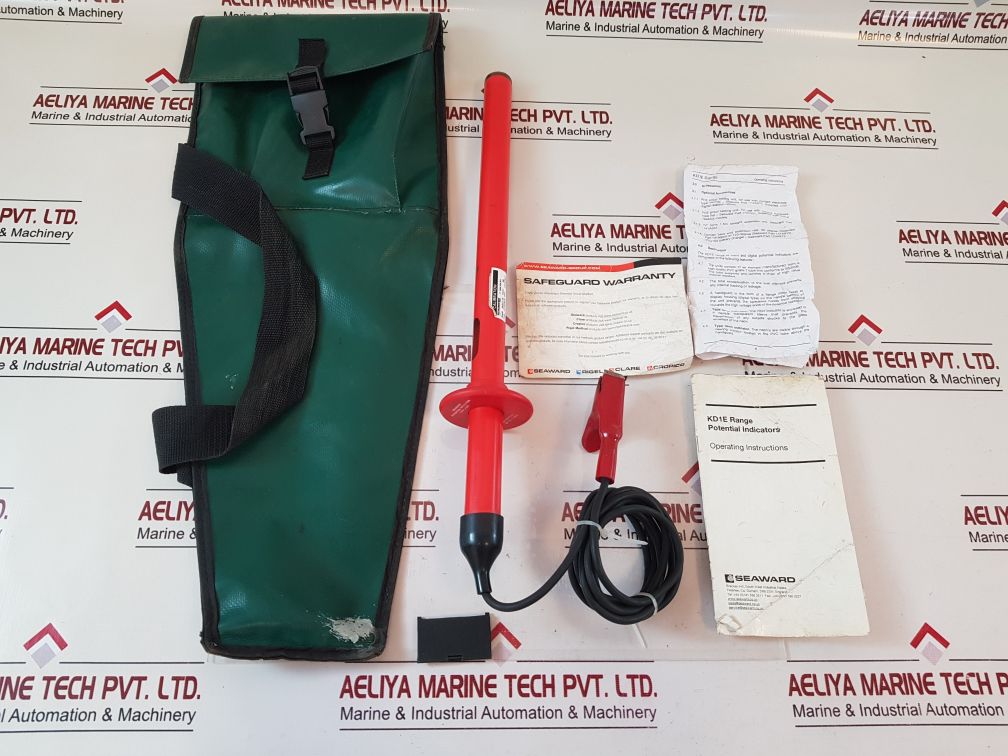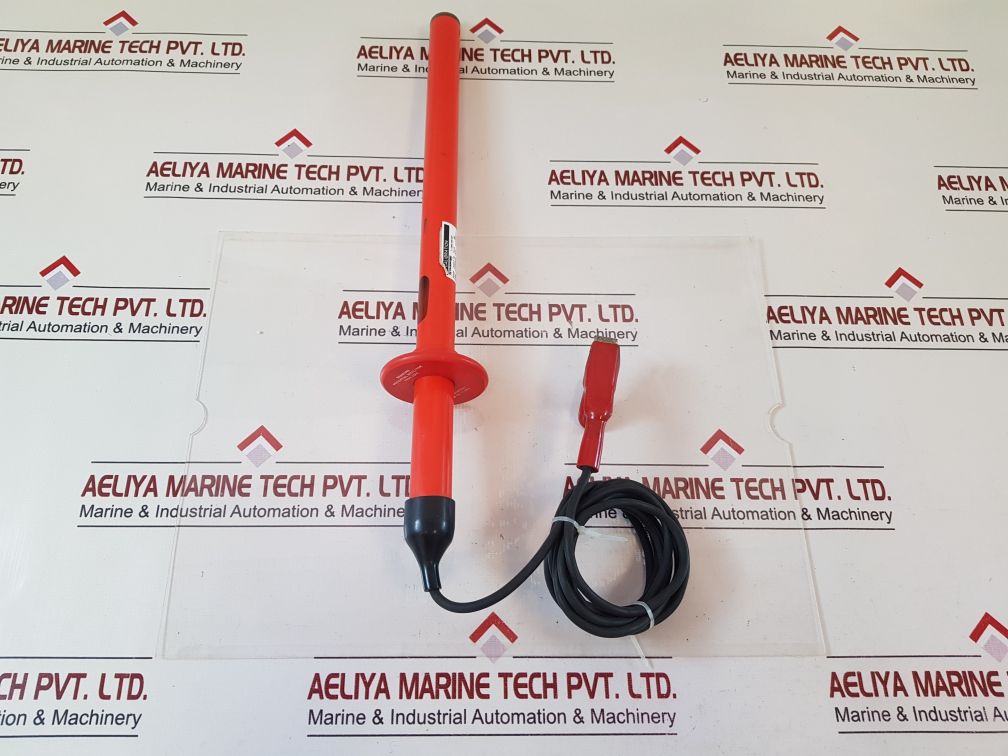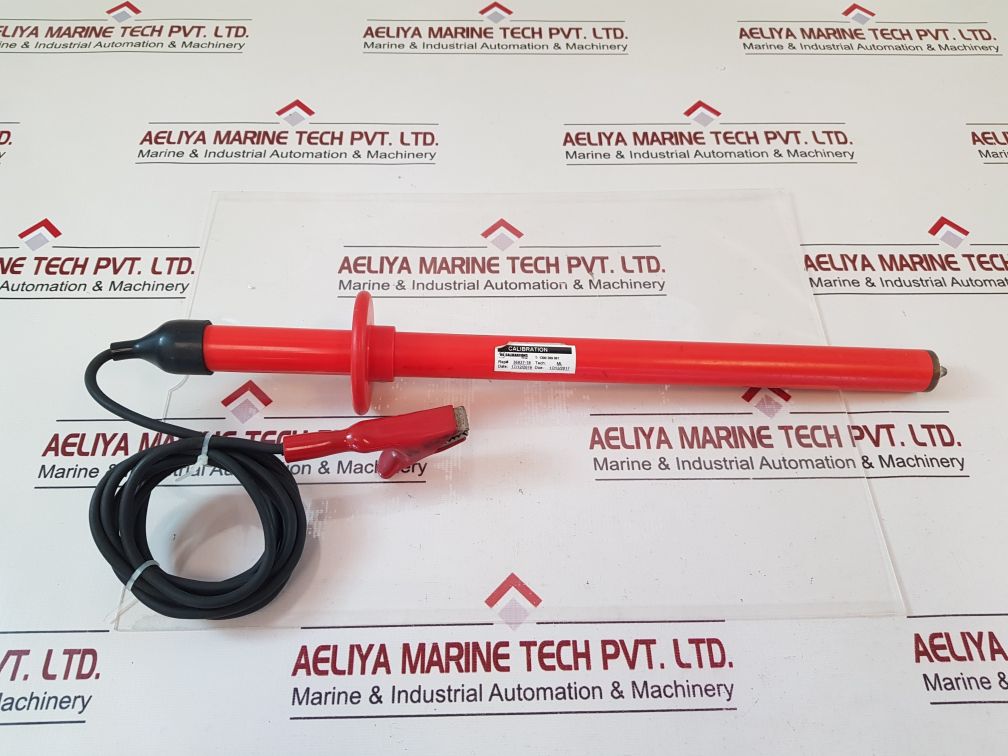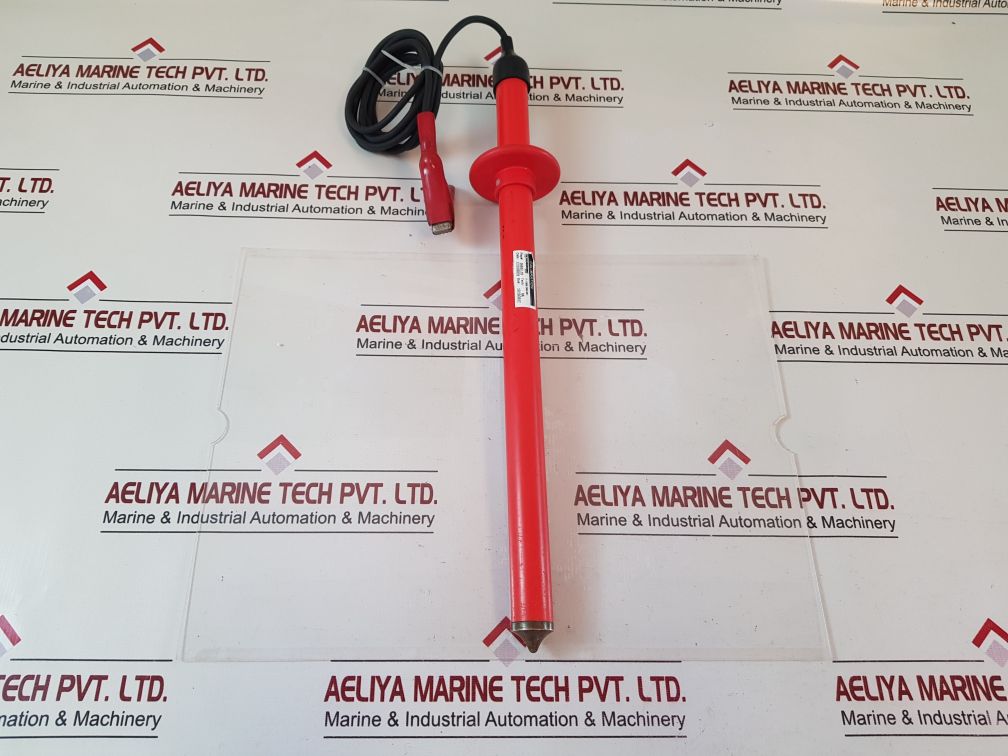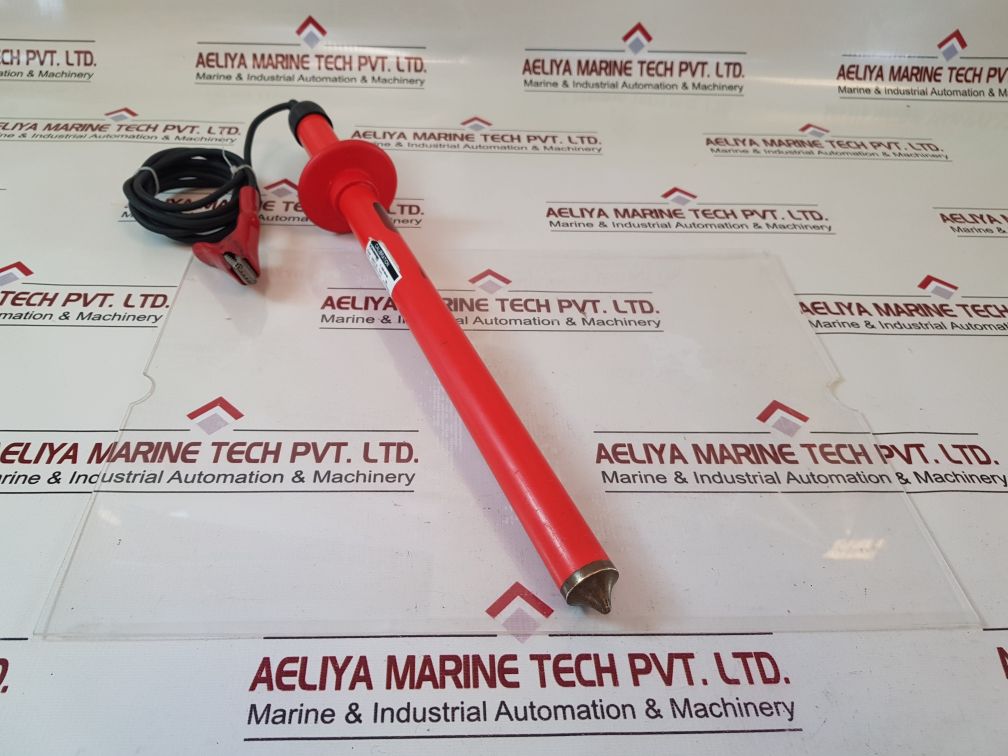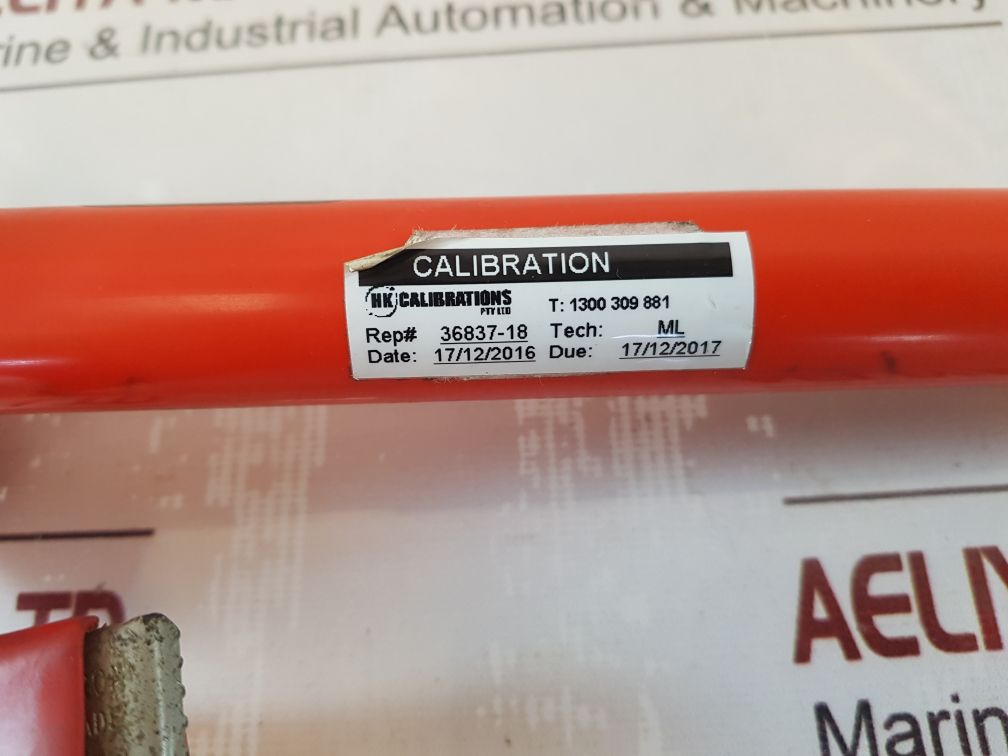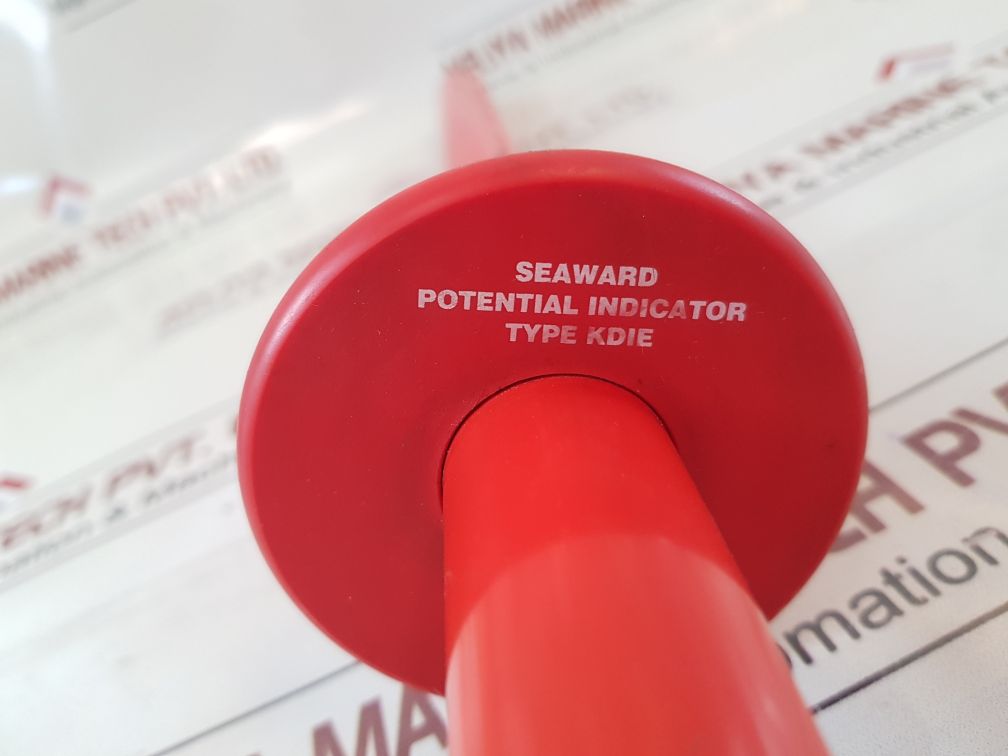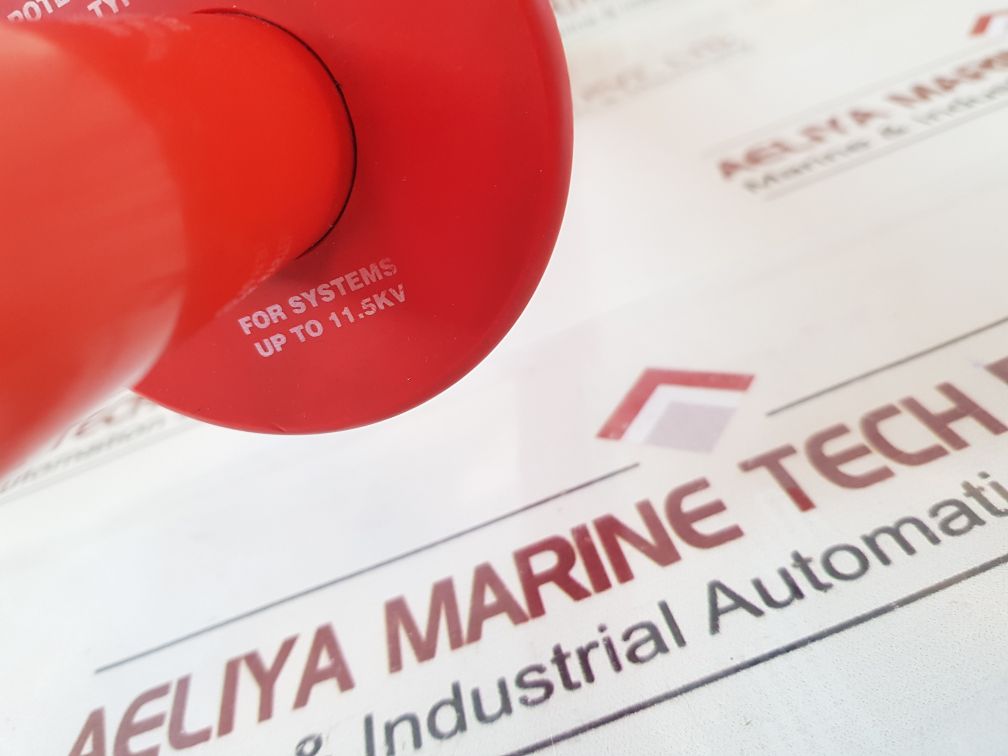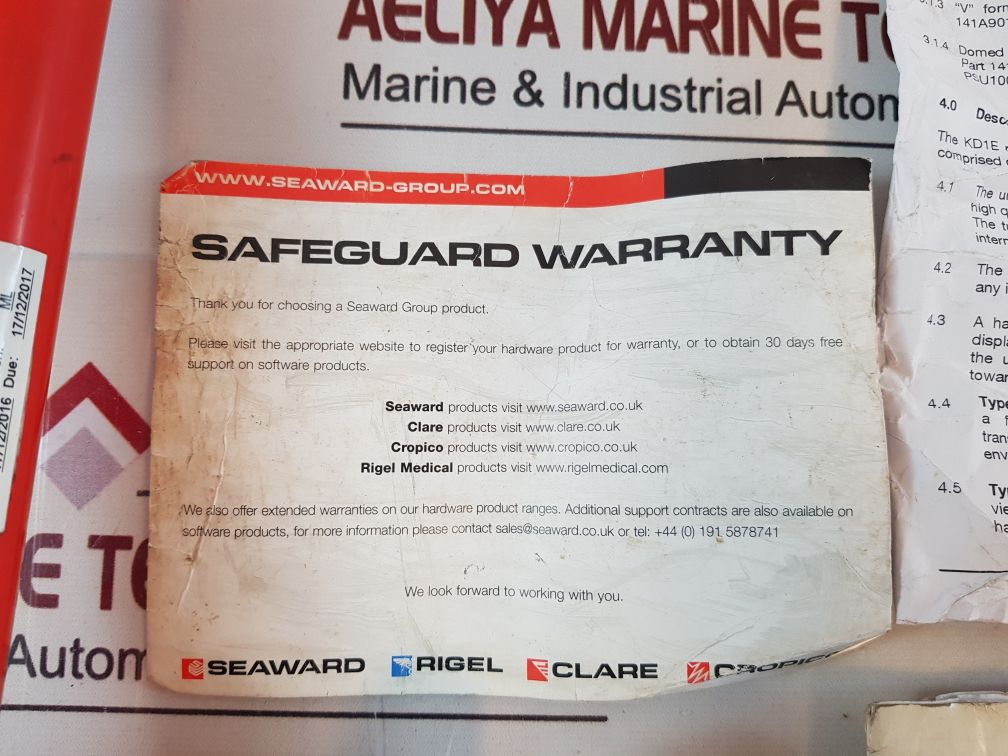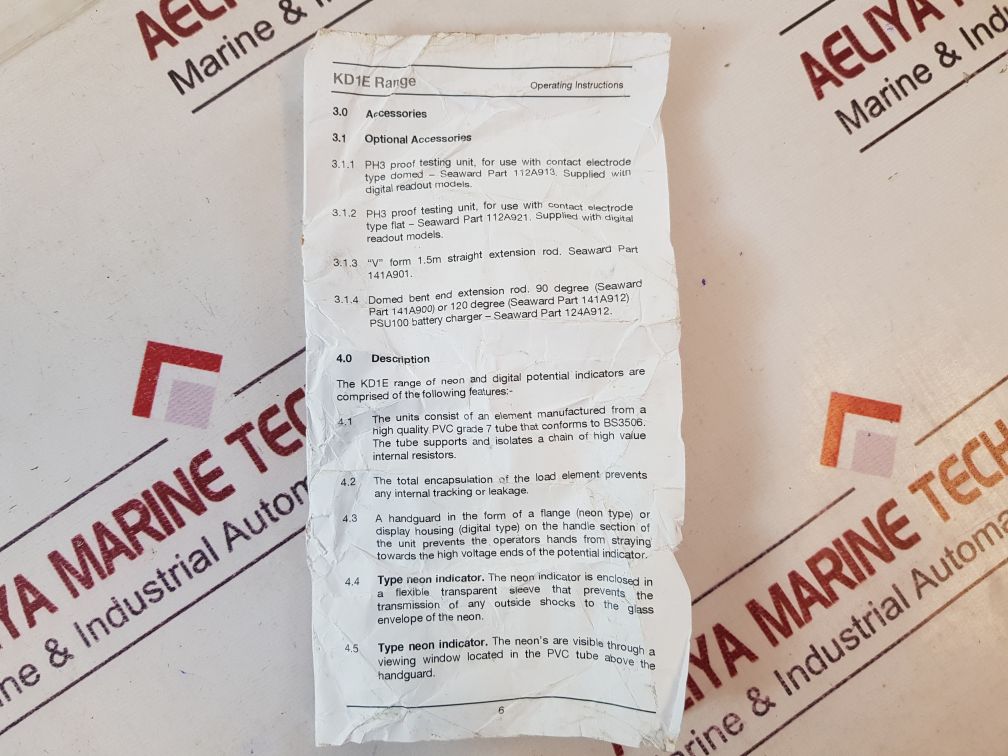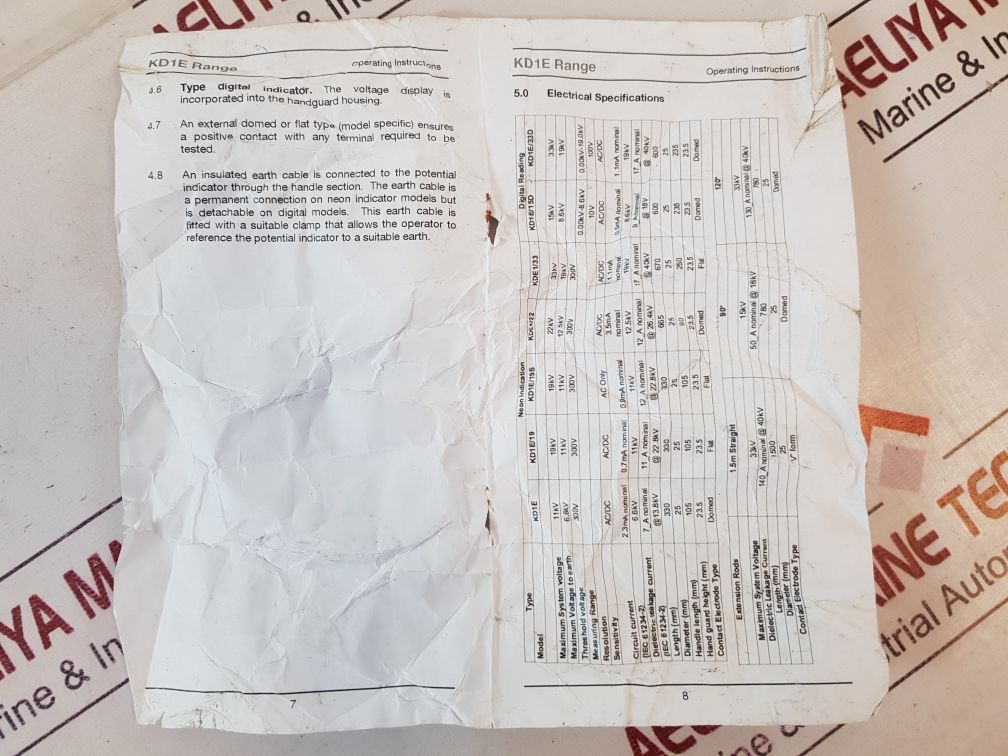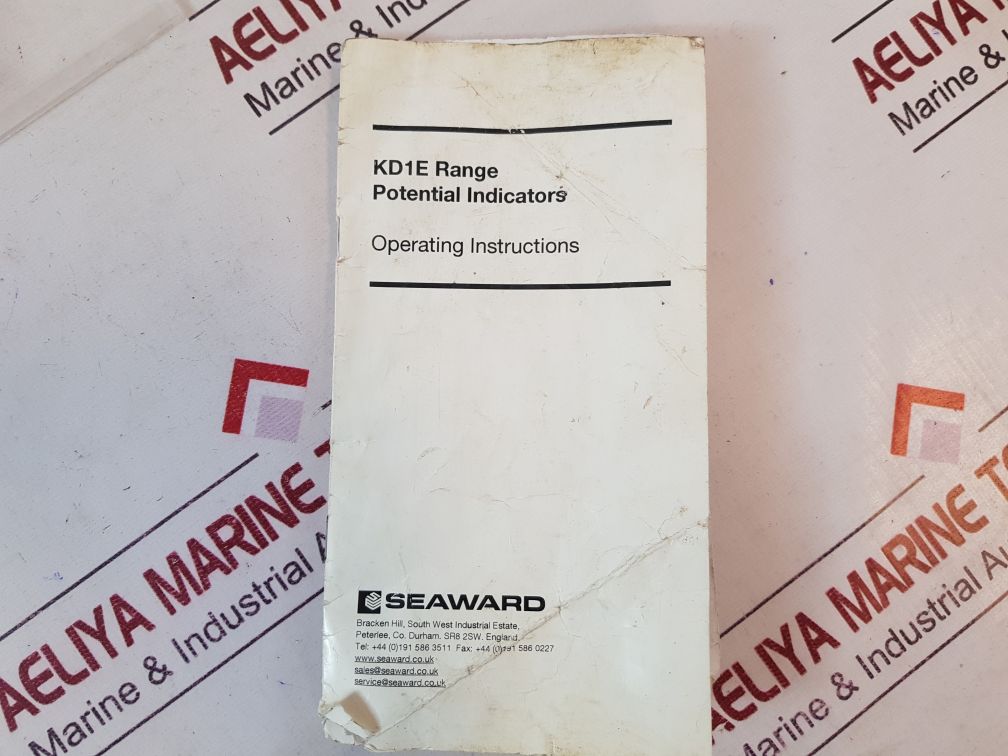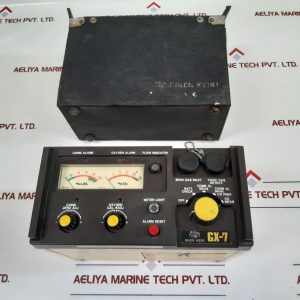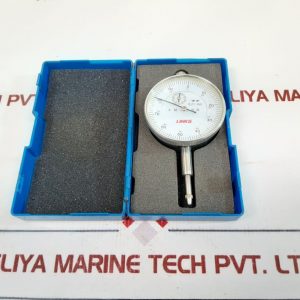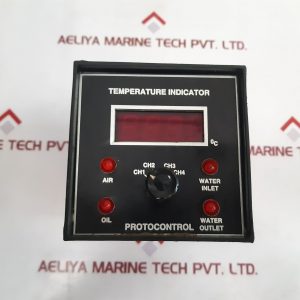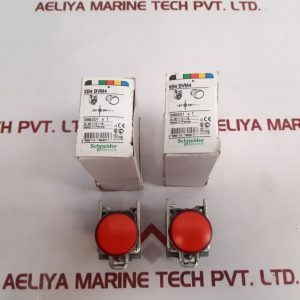| Attribute | Value |
|---|---|
| Product Name | SEAWARD POTENTIAL INDICATOR |
| Potential Indicator | Type KDIE/KD1E |
| For Systems Up To | 11.5kV |
| Weight | 1.130 kg |
| Condition | Used, 1 pcs |
| Reference Number | 45914 |
What Is the Seaward Potential Indicator?
The Seaward Potential Indicator is a general, all-inclusive measure of assessing the potential of maritime areas on economic, ecological, and social grounds. This indicator aggregates information from various sectors, such as fisheries, shipping, tourism, and renewable energy, to provide an integrated view of a region’s capacity for sustainable maritime development.
Why Does It Matter?
Economic Growth: The SPI can identify areas with potential for economic growth. For example, coastal areas with high biodiversity can be a source of eco-tourism, while regions with strong winds and tidal currents can be suitable for renewable energy projects.
Environmental Sustainability: By incorporating ecological data, the SPI ensures that development plans are aligned with environmental preservation goals. This is important for maintaining marine biodiversity and combating climate change.
Strategic Planning: In this respect, the SPI will ensure that policies are developed by the governments and institutions that ensure both economic development and environmental protection for the long-term benefits.
Key Components of the SPI
Resources Evaluation: These encompass the fish stock, mineral, and renewable energy sources, their availability, and sustainability.
Infrastructure and Access: Port, shipping lane, and access to world trade channels readiness.
Environmental Impact Analysis: The ecological footprint of the proposed activities is measured, ensuring compliance with international environmental standards.
Social and Cultural Factors: It takes into account the effects of maritime activities on local communities and cultural heritage.
Applications
Renewable Energy Projects: SPI is used to optimize offshore wind farms in countries like the Netherlands and Denmark.
Marine Conservation: SPI helps identify critical habitats that need protection, such as coral reefs and mangroves.
Sustainable Fisheries: Through the analysis of fish stock data, SPI backs up the implementation of quotas and sustainable fisheries.

